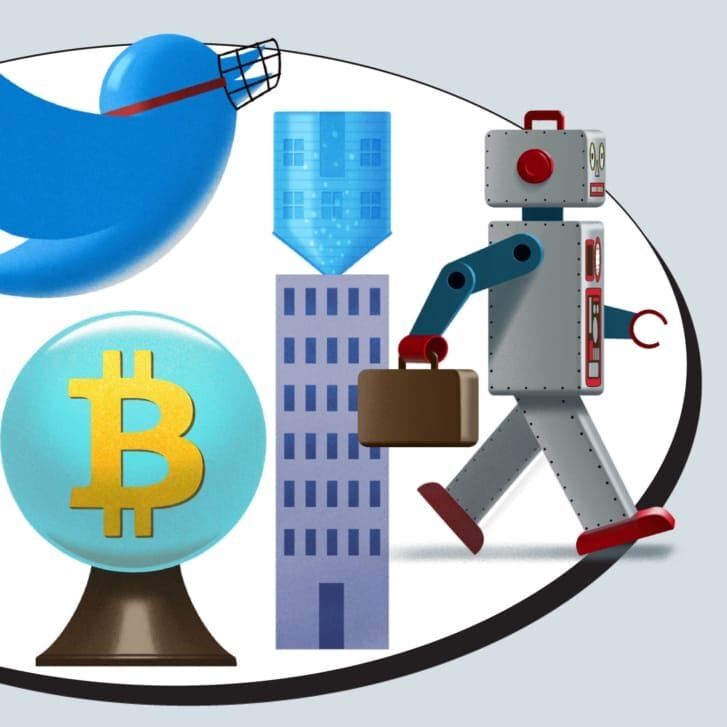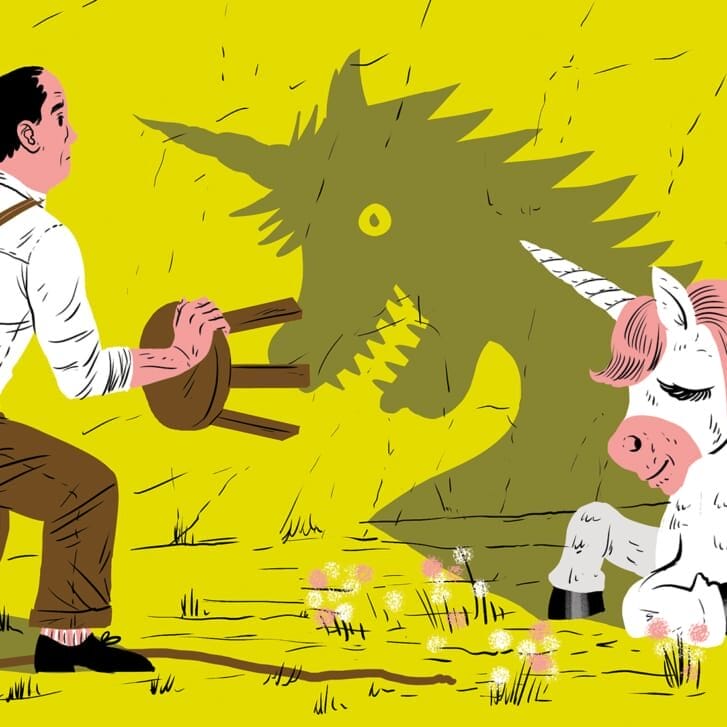Experts gathered at a Wharton conference entitled, “Gameful Approaches to Motivation and Engagement.” The following is conference attendees’ discussion about the latest research and practices of gamification, a fledgling field that often gets held up with high promise for marketing, employee engagement and other business purposes. For as much as we know people like games, however, it turns out we know very little about how game elements can work in non-game situations.
For-profit and public organizations have caught the gamification craze. In a 2013 survey, over 70 percent of Forbes Global 2000 companies said they planned to use gamification for marketing and customer retention. Starbucks and Unilever have tried it for training and customer loyalty programs. Even the U.S. Army produced a “virtual army experience” to recruit at shopping malls.
It must be working, right? For the most part…who knows? Jonna Koivisto, a researcher at the University of Tampere Game Research Lab, identified over 800 papers on gamification. Of those with “some actual concrete evidence,” she said, “the number is very, very few. …We can’t very confidently say much of anything about what works and what doesn’t.”
Hoping to change that is Wharton’s Edward B. and Shirley R. Shils Assistant Professor, Ethan Mollick. Mollick and colleague Nancy Rothbard tested an online sales game called “Slam-Dunk” with several hundred e-commerce salespeople. Imagine leaderboards ranking people by leads, cold calls and deals, describing them as layups, jump shots and baskets.
Mollick studied “consent” among the players—the extent to which they embraced the game. Those who consented showed strong increases in positive feelings toward their company. For those who didn’t, the game caused negative feelings and even performance decreases. The takeaway: Gamification can have a large impact, but forcing “mandatory fun” can cause target audiences to want to hit “reset.”

James Madison once said that if people were angels, we would have no use for law. My work in legal philosophy and moral philosophy shows that James Madison wasn’t right about this.
Robert Hughes, professor of legal studies and business ethics at Wharton. Hughes’ research indicates that the law “can be morally binding on us quite apart from the effect that any sanctions have.”

Overconfidence is the biggest psychological predictor of whether or not you’re going to become an entrepreneur.
Wharton management professor Ethan Mollick, on his research behind the reason male entrepreneurs outnumber female ones. You can hear an interview with Mollick on the Knowledge@Wharton podcast.
Your Animal Brain

Wharton marketing professor Michael Platt wants to know why people make the decisions that they do and what influences those decisions. He is a professor of neuroscience at the University of Pennsylvania’s Perelman School of Medicine and a professor of psychology at Penn’s School of Arts and Sciences.
One of the fascinating takeaways from our research is that people and animals tend to make very similar kinds of decisions when they are in similar contexts. Moreover, their brains seem to make these decisions using a similar set of mechanisms.
What this means is that we can infer that much of our own behavior, the choices we make, even in a very complex situation, such as a market, are driven by forces that evolved a long time ago to solve the kinds of problems that animals need to solve, such as finding food, finding a mate, and making friends and allies that will help to solve the problems that they need to solve.
I think we’re all aware that the kinds of choices we make are influenced by the people around us. In fact, this is true of other animals as well. One thing that we have learned from studying the choices that animals make and the choices that people make and what happens in their brains when they make these choices is that there are very specific, highly specialized mechanisms that detect the presence of other individuals, identify who they are, evaluate their importance to us and allow us to learn from their behavior. More recently, we’ve identified a very specific set of brain cells that actually responds when another individual feels a reward.
A really interesting and important potential practical application of this discovery is that we might find ways, either behaviorally or pharmacologically or using other means, to activate these cells. And if we did so, we might be able to promote pro-social behaviors such as charitable giving. This could be a very important and practical way of enhancing the welfare of society.
Published as “Knowledge@Wharton” in the Spring/Summer 2016 issue of Wharton Magazine.


























